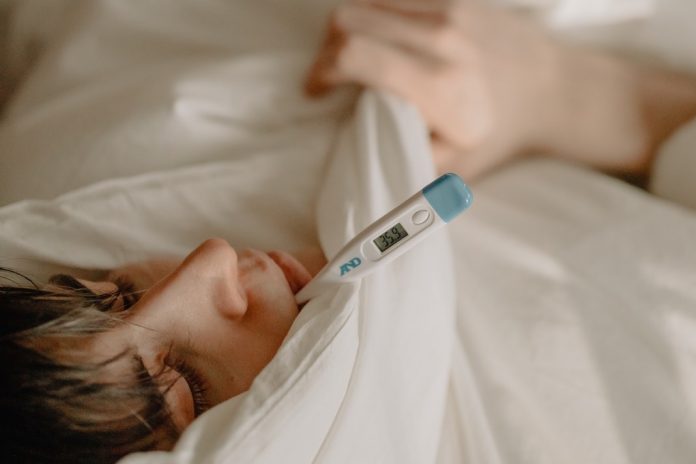by Richard Highsmith
If the Supreme Court can call a corporation a “person,” I suppose it’s all right for me to talk about a team as an “individual.” So the question is: Does your formerly highly functioning team have congestion, coughing, mild fatigue and watery eyes? Does your team have a common cold?
A team with a cold is congested. No fresh ideas are flowing, almost like they were stopped up. There may be coughing, which means a lot of noise with few positive results. The team may have watery eyes where people act as though they can’t see what’s going on around them. Finally the team may experience mild fatigue. Where is the energy? Everything is moving at a snails pace. But unlike the common cold, a team’s cold won’t go away in 7 to 10 days even if you let everybody rest and drink plenty of fluids.
Somebody on the team has to step up and help his or her teammates. Antibiotics are not what I’m talking about either. There are three specific steps to consider which can move your team off the sick list and back to healthy productivity.
1. Diagnosis: The diagnosis for the team cold is very important. You can’t prescribe a treatment plan until you understand the cause. What has your team been exposed to in the last couple of weeks or months? Has a new project started or an ongoing project ended? Have some teammates left or new ones been added? Are there changes in management or policies? What has changed is important because in highly functioning teams change can be at the heart of the cold. Talk to your teammates. Ask open-ended questions if you know what change has occurred; “How has the change affected you?” You are looking for the personal reactions to the change. If you are unaware of a change in the workplace ask, “How are things going?” If you have a strong relationship with a teammate you might ask, “You haven’t been yourself lately. Is there anything I can do to help?” Remain non-judgmental. Keep in mind we are diagnosing not treating.
2. Prescribe: Once you have determined the cause of the cold it’s time to start the treatment. The first approach to a team cold is a team meeting. Like a sauna treatment you want to get the “poisons” out in the open. Very often individual teammates are not aware that others feel the same way they do about the change. An open meeting can make the team aware of the individual impact a change may have created on teammates. Some may be unaware of the extra work created or the lost responsibility or lack of process clarity. Give everyone a chance to speak and be heard. Once the issues are understood you can develop a plan. A team plan to cure the cold by pulling together is the most effective approach. All teammates should play a part in the development of the prescription. Clear steps toward a solution must be specified with a timeline.
3. Aftercare: The prescribed actions must be completed on time. Follow up maintains the accountability necessary to cure the cold. Each teammate must do his or her part to resolve the problem. A meeting should be scheduled after treatment to make sure there are no lingering symptoms. Has the cold been cured? Or have other issues arisen? When the entire team agrees the congestion, coughing, watery eyes and mild fatigue are gone; you may declare your team healthy again. But just like regular visits to the doctor help you maintain good physical health, regular diagnosis and prescription meetings are good for your team’s health as well.
About the author
Richard Highsmith, [email protected], is President of Quality Team Building. He has twenty-five years experience training and coaching. He has built and sold two successful businesses.









































